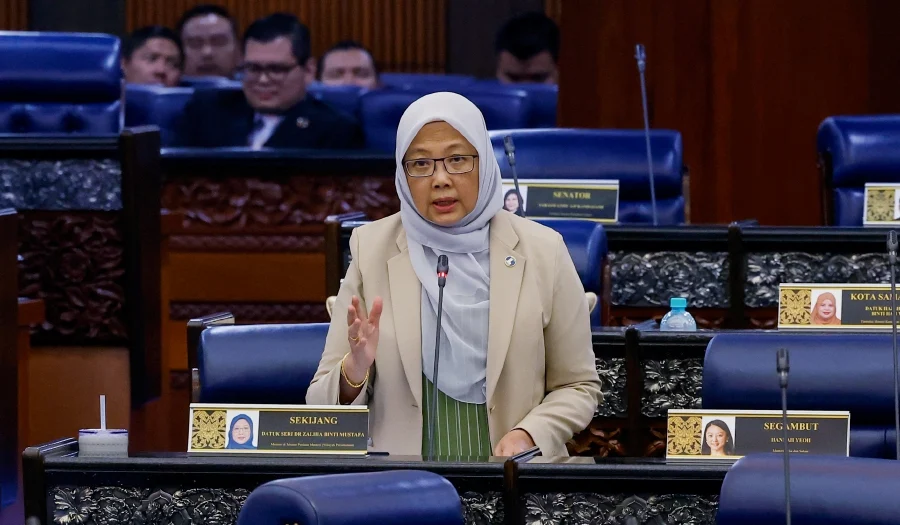NURGAL, Afghanistan — September 2 — In the stillness of a late Sunday night, when families were fast asleep under humble roofs, a powerful 6.0-magnitude earthquake tore through eastern Afghanistan — shattering lives, homes, and hopes in an instant.
In Kunar province, nestled along the rugged Afghan-Pakistan border, the quake left entire villages in ruins. As the sun rose Monday morning, the scale of devastation became heartbreakingly clear: more than 800 people were killed, and over 2,500 injured, many of them children. Homes made of mud and stone stood no chance against the fury of the quake.
Survivors, many now homeless, spent the night under the open sky — grieving for lost loved ones and clinging to each other for comfort. Villagers wrapped their dead in simple white shrouds, whispered final prayers, and laid them to rest with trembling hands. Helicopters buzzed overhead, rushing the wounded to overwhelmed hospitals in Jalalabad and nearby cities.
One young survivor, Zafar Khan Gojar, 22, recalled the horrifying moment: “The rooms and walls collapsed… killing some children and injuring others.” He and his injured brother were among the many evacuated to safety, but their hearts remain with those still trapped beneath the rubble.
Hope, however, is scarce. Rescue teams are still digging — many by hand — in an urgent race against time. Inaccessible roads, steep terrain, and poor infrastructure are making the mission even harder. According to Ehsanullah Ehsan, the disaster management head in Kunar, “Many people are still stuck under the rubble.”
In the neighbouring Nangarhar province, at least 12 people died and 255 were injured. Laghman province reported 58 injuries. The UN confirmed that some of the worst-hit villages are unreachable, delaying critical aid.
UN Secretary-General Antonio Guterres announced the release of US$5 million from the global emergency response fund and reaffirmed the UN’s commitment to assist. But global support is thinning. Following the change in U.S. policy under President Donald Trump in early 2025, foreign aid — once a vital lifeline — was largely withdrawn. The United Nations, too, has scaled back its humanitarian outreach due to historic funding cuts.
In the midst of this catastrophe, fear lingers in every corner. “There is a lot of fear and tension,” said Ijaz Ulhaq Yaad, a local official in Nurgal. “Children and women were screaming. We had never experienced anything like this in our lives.”
Many of those affected were among the 4 million Afghans forcibly returned from Iran and Pakistan — displaced once, and now devastated again.
This tragedy comes just two years after a similarly deadly quake hit Paktika in June 2022, killing over 1,000 people. And only last year, in October 2023, western Herat saw more than 1,500 lives lost in another powerful quake.
For Afghanistan — a country ravaged by over four decades of war, political instability, and economic collapse — nature’s fury only compounds the daily struggles. With 85% of the population living on less than a dollar a day, rebuilding won’t be easy. But as the world watches, it must not look away.




